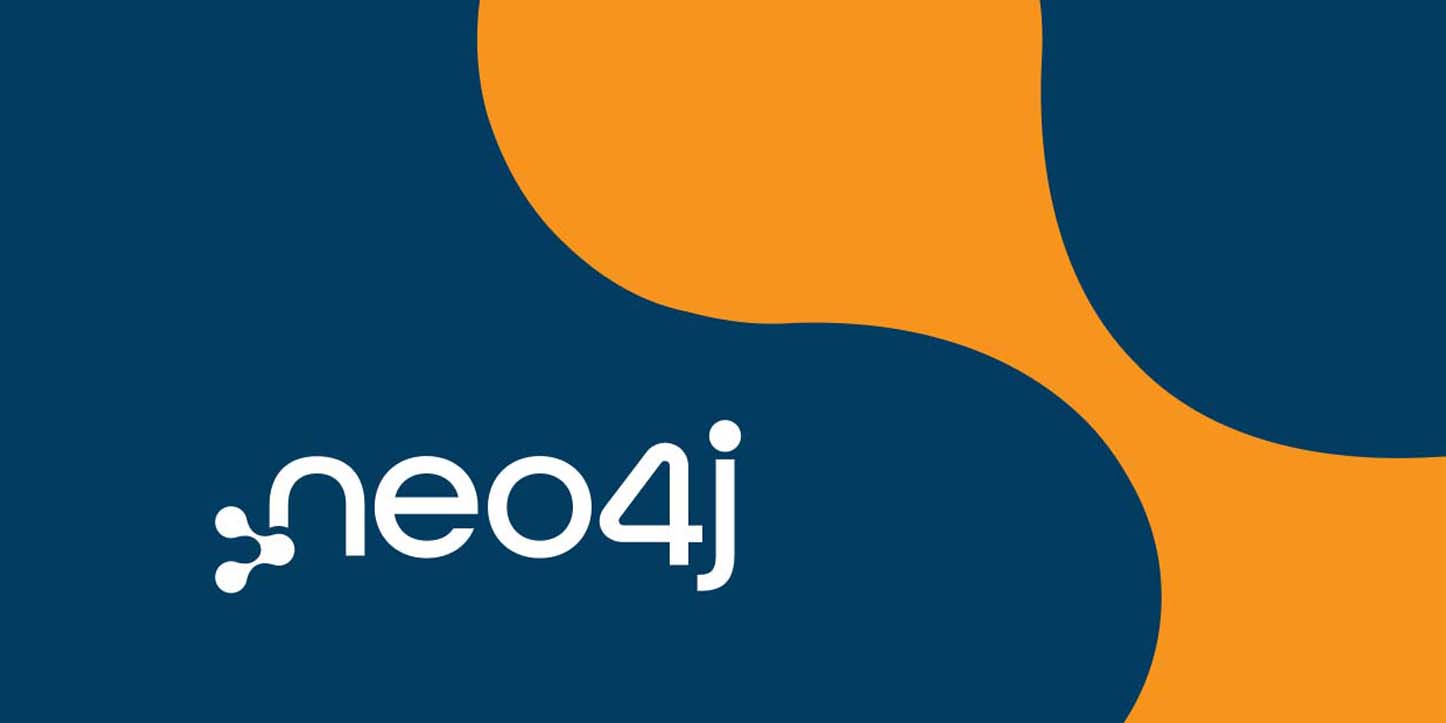Graphs for Business Transformation: The 5-Minute Interview With Trinette Brownhill

Senior Customer Advocacy Manager, Neo4j
3 min read

“I’ve been trying to find concrete evidence of why we need to bring in Neo4j… The team gives me a lot of the support I need in order to take the evidence to my clients,” says Trinette Brownhill, a Distinguished Engineer at IBM.

This week, we look back on our chat with Trinette Brownhill, a Distinguished Engineer at IBM. Trinette was among the hundred of attendees at this year’s GraphConnect, and we were delighted that she found a few minutes to talk to us about her experience using, and advocating for, Neo4j.
As a self-proclaimed lover of data with an impressive background, her perspective is super valuable to us and we think you’ll find her story super interesting as well.
Check out the 5-Minute Interview below, and think about how you would answer this question: What do you think is in store about the future of graphs?
Please introduce yourself.
Trinette Brownhill: I’m Trinette Brownhill. I work at IBM as a distinguished engineer, which is on the techie side of things. I am on the consulting side. I am across all of the industries worldwide, and I support all of our solutions for data, AI, and Edge, so I love everything.
Why did you choose Neo4j?
Trinette Brownhill: Back in probably 2014, I was looking for a way to link data together. And at that time Neo4j was really the best one that was working with us. We had a large graph and we needed to be able to demonstrate it to our potential client. Neo4j came jumping in, helped us do that, and sure enough, we were able to close that deal. So from then on, I had this love for Neo4j, of how they worked with us.
Fast forward to the last couple of years – more and more graph technologies are needed to solve our problems. This whole way of representing data is not working. I’ve been trying to find concrete evidence of why we need to bring in Neo4j… The team gives me a lot of the support I need in order to take the evidence to my clients.
What have been the most surprising results you’ve seen from Neo4j?
Trinette Brownhill: For me, it’s the ability to do the visualization and the ease of use, so building the graphs and then feeding in that data quickly, and then seeing a result. Normally you have to create the front end separately. You have to really understand your datasets in order to be able to push that to your front end. It’s just really sweet that you can get the results really fast.
What advice would you give to someone just getting started with Neo4j?
Trinette Brownhill: Neo4j puts out a lot of interesting articles and blogs, cheat sheets, and toolkits. Definitely, look at those first, go out to see what they’ve bundled together as the easy thing to demonstrate, because I found some really cool things this week with the work bench.
I probably am calling it the wrong thing, but it is going to be a life changer for me and my adoption within my own team, and I truly believe, with my clients.
What do you think is in store for the future of graphs?
Trinette Brownhill: People inside of my organization know that I have been telling them everything is connected. And if we can’t figure out how to represent that connectedness, then we are not going to be able to support the decentralized way – everything is working out and everything is truly centralized. So if we can’t figure that out, we’re going to truly… That’s where I think we need to be going.
How do we satisfy that need in order to demonstrate the connectedness of everything?








